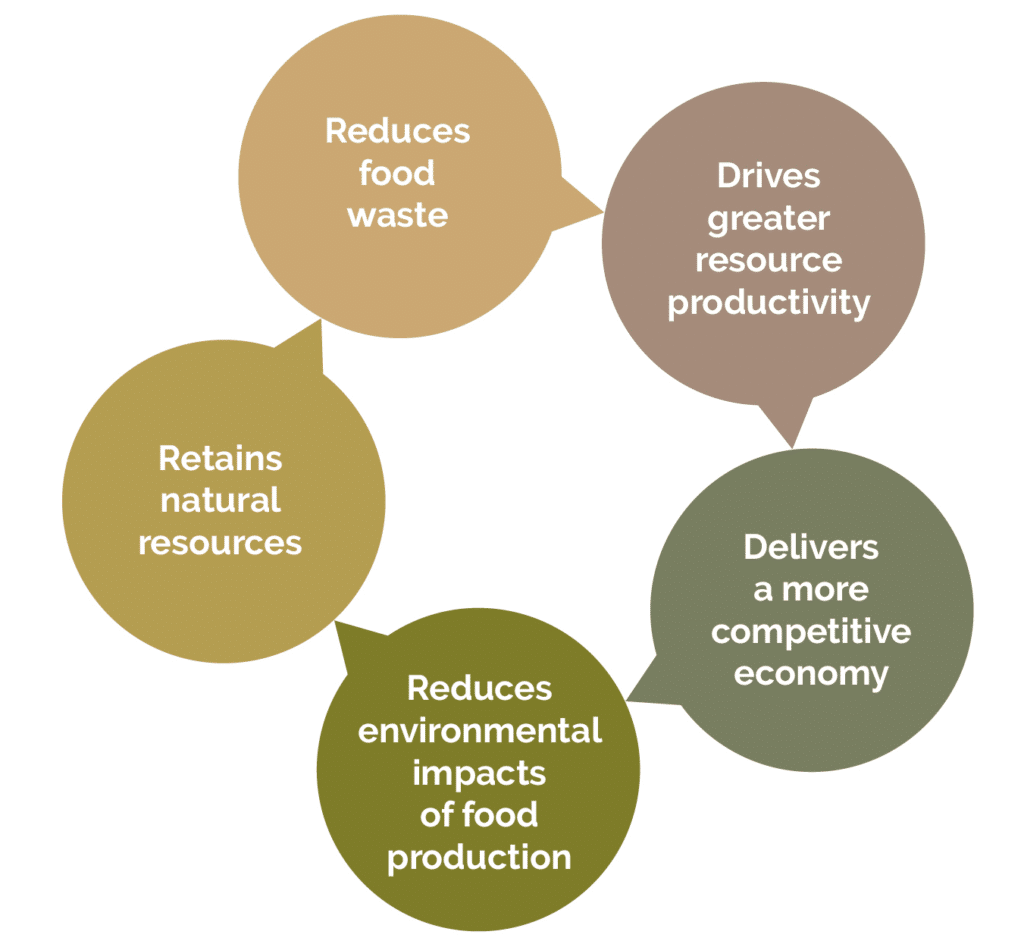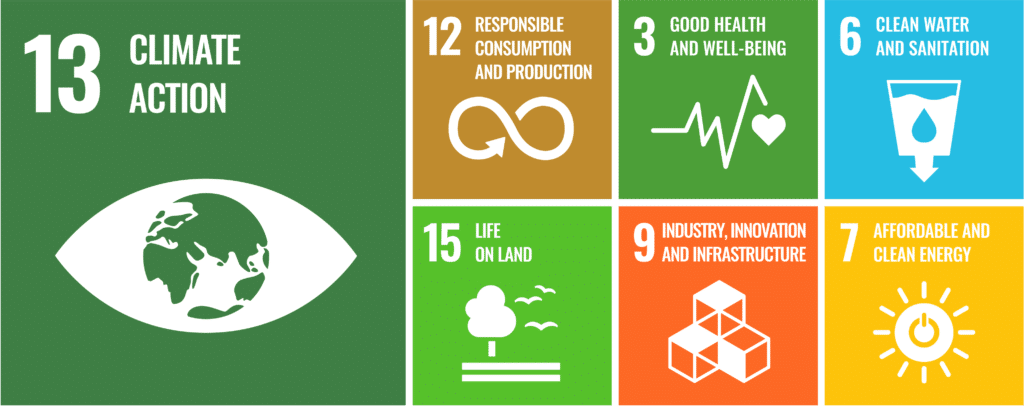Chair of the EFPRA Sustainability Committee Richard van Lijssel recently launched the new Sustainability Charter at the EFPRA Autumn Congress. He shares his thoughts on the importance of the Charter and how the rendering industry should look to use it in the years ahead.
Why does the rendering industry need a Sustainability Charter?
Some say we are the original recyclers, for many years renderers have been recovering recycling and repurposing by-products. But if you look at our industry, we are part of the animal-based food chain and that automatically means there is a strong focus on the environmental impact, particularly the carbon footprint.
That’s why it is the right time to create the Sustainability Charter to explain to our partners up and down the food value chain how we will contribute to a creating a circular bioeconomy.
What exactly is a circular bioeconomy?
The European Commission has a definition which is ‘an economy in which renewable biological resources and their residues are produced and converted into value added products, such as food, feed, bio-based products and bioenergy.
To simplify it further, it is a bioeconomy because the materials come from living plants and animals. It is circular because nothing is wasted, all by-products become valuable materials used elsewhere.
We want to deliver healthy and sustainable products as part of the bioeconomy. But when you talk about the bioeconomy it is not just about the ecological sustainability. If you want to make it work, you need to think about the economic sustainability. That is where our industry plays a key role in this supply chain because we are the industry that actually closes the loop in the animal-based food chain.

How does the Sustainability Charter tie in with European and international policies?
The EU Green Deal and Farm to Fork strategy both prominently feature the concept of a circular economy. They both also indicate that there will be more opportunities for companies that introduce sustainable services and products.
We also wanted a wider perspective, so we considered the United Nations Sustainable Development Goals (SDGs). These aim to achieve a better and more sustainable future for all and cover a wide range of social and economic activity. We decided to assess which ones are most relevant to the rendering industry. It also helped to refine our own thinking about rendering’s contribution to society and helped us create the EFPRA model for a circular bioeconomy.

Climate is one of the key areas in the bioeconomy model, what can the rendering industry offer here?
When we talk about climate, we are really talking about greenhouse gas emissions. We aspire to a climate positive bioeconomy where our natural, low carbon footprint products and renewable fuels help to decarbonise the food chain. In all conversations about sustainability, wasting nothing and making the best use of what you already have are always high priorities.
Looking in more detail at our products. Category 1 and 2 fats are used as feedstock for biodiesel, while Category 1 and 2 meat and bone meal is used as renewable fuel in power stations and cement kilns. In both cases, these substitute for fossil fuels that have a much higher carbon footprint.
In animal feed, GFLI Studies show the carbon footprint of rendered fat and Processed Animal Proteins (PAPs) are approximately four times lower than that of imported palm oil and soybean meal. This amounts to overall CO2 emissions savings equivalent to the carbon sequestration of 6.1 million hectares of European forest. Looking at it another way, using PAPs in pig and poultry feed could replace 41 cargo ships of soy imported into Europe.
What do you mean by health with respect to sustainability?
Health is the origin of our industry; we are there to break the disease cycle by managing fallen stock and by-products. Many people still mainly associate us with this. However, nowadays, we are doing much more to promote health and well-being with innovative new products. For example, ingredients for pharmaceuticals like Heparin and health supplements. There are also high functional food products which can substitute for a proportion of the meat in burger type products lowering fat and salt content. These are all produced from by-products so have the sustainability benefits we have discussed earlier on.
What is rendering’s role in society?
Society is a very broad topic. I think our credentials as part of a circular bioeconomy aren’t well-known and we should do more to talk about it. For example, rendering is a net water supplier to nature, we recover water as part of the raw materials, treat that water and return it to the environment.
We also work hard to ensure good relations with the communities located near our factories, and we have shown that we are capable to innovate and adapt to societal changes. The Sustainability Charter has examples of facilities that supply heat and power to the wide community and support water treatment.
I have already explained that we are an industry that can close the loop in the animal-based food chain. And this is our biggest contribution to society, because we support people having access to healthy, nutritious animal-based food and fibres.

What are the next steps for rendering companies to put the Sustainability Charter into action?
The Sustainability Charter is a showcase of what the rendering industry is already doing well and our future aspirations. It is really a tool to help EFPRA members understand the links between their operations and the larger social, economic and political changes that have so greatly increased the importance of sustainability.
Find out more
Visit our Sustainability page for more information on the charter including 9 supporting case studies and video of Richard’s presentation to Congress.